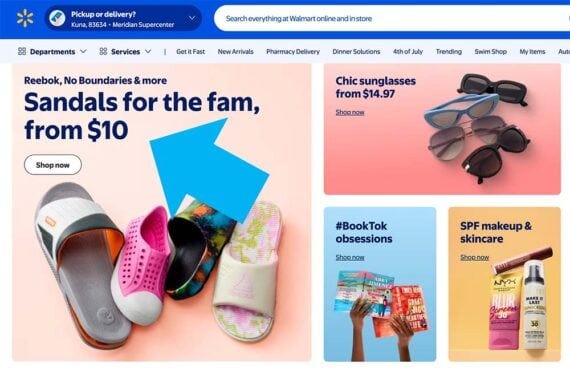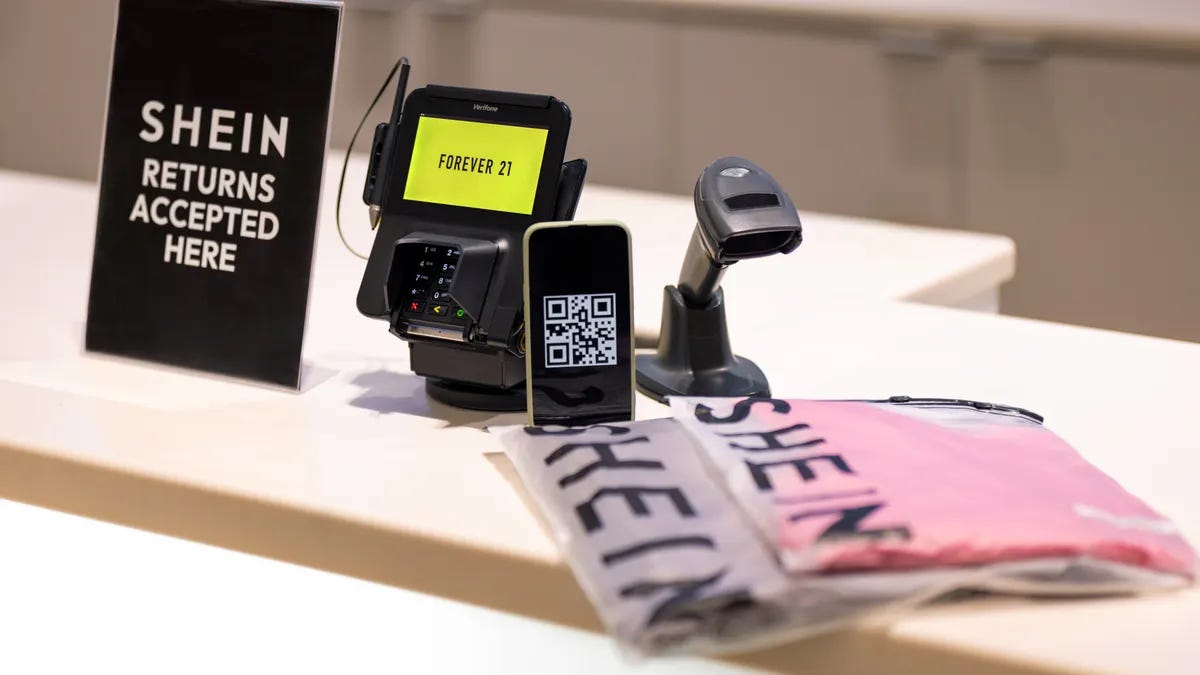E-commerce Innovators Digest | 27th June 2025
Your Weekly Curated Insights to Drive E-Commerce Growth and Innovation
Welcome to this week’s edition of E-Commerce Innovator’s Journal!
We’ve curated the most valuable insights, trends, and strategies you need to stay on top of your game in e-commerce. Whether you're looking to optimize conversions, explore new growth tactics, or leverage the latest AI tools, this digest has everything you need to fuel your business growth. Dive into this week’s must-read content and take your e-commerce strategy to the next level!
Let’s start!
AI Product Photos vs Traditional Photoshoots: A Cost and ROI Comparison
This hippist AI article compares the cost and ROI of AI-generated product photography versus traditional photoshoots. Traditional methods are significantly more expensive (€1000–€3000+ per session), while AI solutions like hippist AI cost under €3 per image, offering studio-quality visuals with easy modifications. AI photos boast faster launch times (1–2 hours vs. 1–3 weeks), lower costs per image, and greater variation potential. Brands using AI report higher ROAS, more frequent updates, and improved conversions, making AI a faster, cheaper, and more adaptable solution for daily e-commerce needs, while traditional shoots remain valuable for flagship campaigns.
Will 2025 Back-to-School Shopping Spend Actually Top Last Year’s Results?
This RetailWire article outlines 2025 back-to-school shopping trends, projecting a slight spending increase from 2024, with an estimated average of $455 per family and $84 billion in total sales. Economic pressures and tariffs, however, could impact these figures, with some consumers planning to reduce spending. Value is a key driver for parents, who are actively seeking sales, reusing items, and considering store-brand or secondhand products. A notable emerging trend is the use of AI tools by parents to find deals, potentially affecting traditional search engines and social media advertising.
Merchandising Lessons from Top Marketplaces
This Practical Ecommerce article highlights key merchandising lessons from top marketplaces, focusing on strategies to organize and present products for maximum revenue. It emphasizes three main actionable ideas: making discounts, bundles, and price points instantly visible to drive conversions; organizing products by season, lifestyle, or occasion to manage large SKU counts; and tailoring product displays to the target shopper, such as Newegg's homepage layout designed for immediate purchasers.
Pattern Launches Content Brief in Europe to Accelerate Ecommerce Brand Growth
This ChannelX article details how Pattern, a leader in global e-commerce acceleration, has launched Content Brief by Pattern PXM in the European market. This AI-powered tool helps e-commerce brands optimize product descriptions, boost traffic, and accelerate growth by analyzing product listings using 44 trillion data points to deliver actionable insights based on market share, shopper behavior, and content performance. Content Brief automates the process of boosting conversions and scaling content across channels, addressing the lack of tools and resources many brand leaders face in maximizing e-commerce opportunities, and has already shown significant results, with one brand experiencing a 21% revenue lift within 30 days.
How AI in pricing plays a starring role the future of omnichannel commerce
This The Future of Commerce article discusses the significant role of AI in pricing within omnichannel commerce, emphasizing that pricing must adapt to context, reflect willingness to pay, and support a seamless cross-channel experience. It highlights a shift towards dynamic, personalized pricing, where AI algorithms utilize granular data to understand behavioral signals, buying patterns, and price sensitivity at a micro-segment level, thereby matching price to value and building trust. The article also underscores the importance of micro-segmentation for tailored offers and accurate demand forecasts, and the use of predictive pricing models that integrate various signals to proactively adjust prices. Ultimately, intelligent pricing should enhance the customer experience with consistency and clarity across all channels, requiring companies to modernize their pricing operating models by breaking down silos between departments.
Free returns are often a deal breaker for consumers
This Retail Dive article discusses the crucial role of free returns for e-commerce retailers, highlighting their impact on consumer loyalty and operational costs. It notes that nearly 9 in 10 consumers now expect free returns, with about 47% having stopped shopping at retailers due to unfavorable return policies, underscoring the strong link between return policies and brand loyalty. The article points out the significant financial burden of returns, with U.S. retailers paying an estimated $890 billion in 2024, representing 17% of total sales. While some merchants are imposing restocking fees or shortening return windows, the article suggests that improving product information to address issues like poor fit and inaccurate descriptions could significantly reduce return rates. It concludes that despite the high costs, retailers can strategically manage return policies to protect margins, enhance customer satisfaction, and gain a competitive advantage.
Improving user experience with pop-ups and gamification
This ECommerce News article discusses how to enhance website user experience by strategically using pop-ups and gamification, which applies game principles to online stores to boost conversions and customer loyalty. It highlights that poor user experience contributes to high cart abandonment rates, and gamification can guide customers through websites more effectively. The article emphasizes the need for simple and personalized pop-up designs, ensuring visitors quickly grasp the interaction and its benefits. Claspo, a widget and pop-up specialist, recommends behavior-based triggers like time on page, scroll depth, exit intent, and specific user actions to engage visitors effectively, advising against overwhelming users and suggesting testing various trigger times for optimal engagement. Personalizing messages with previous user data can make pop-ups feel helpful rather than intrusive, ultimately driving customer engagement and higher conversion rates.
That’s all for this week! See you in the next edition of E-Commerce Innovator’s Journal. Don’t forget to share these insights with your friends and colleagues to help them grow too!









